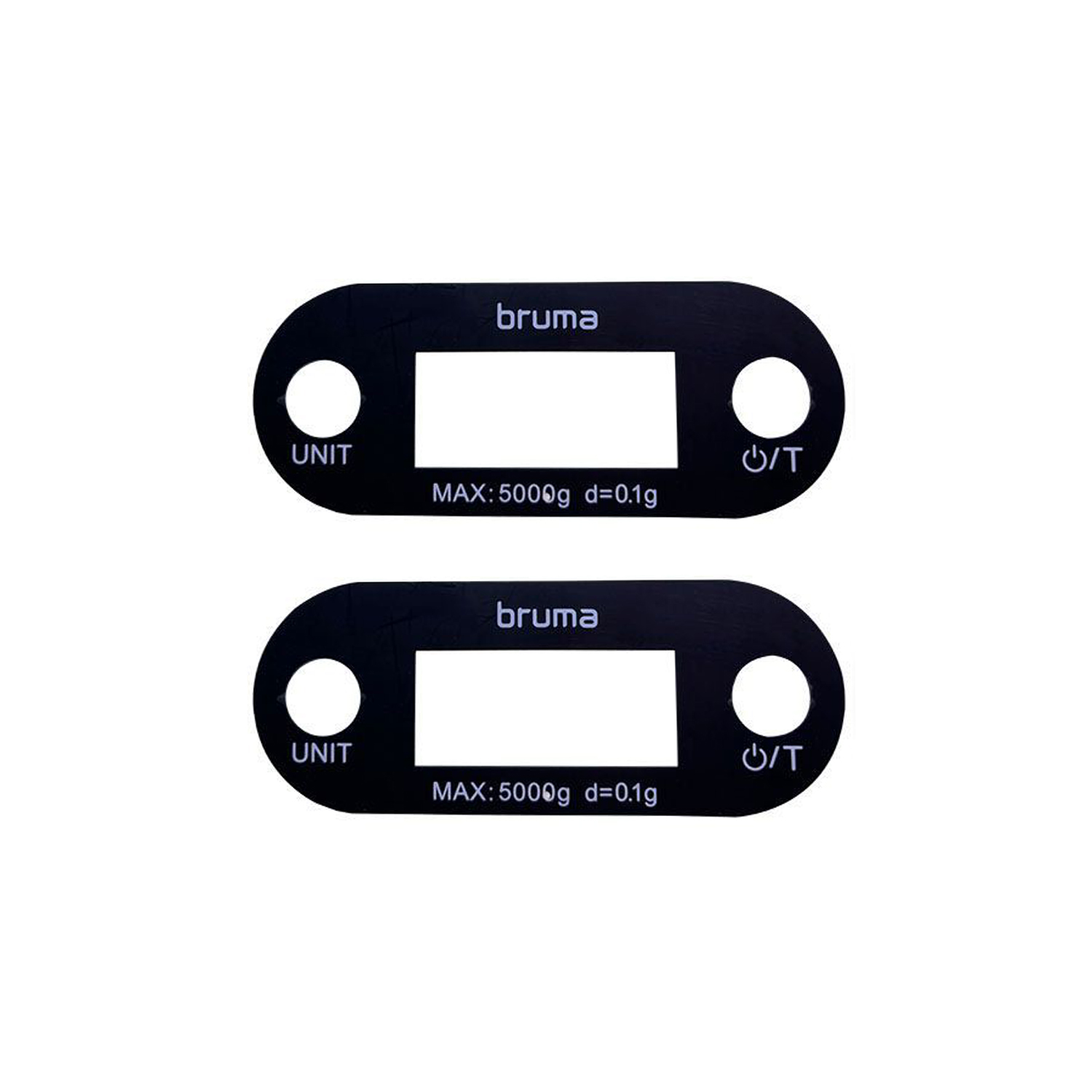
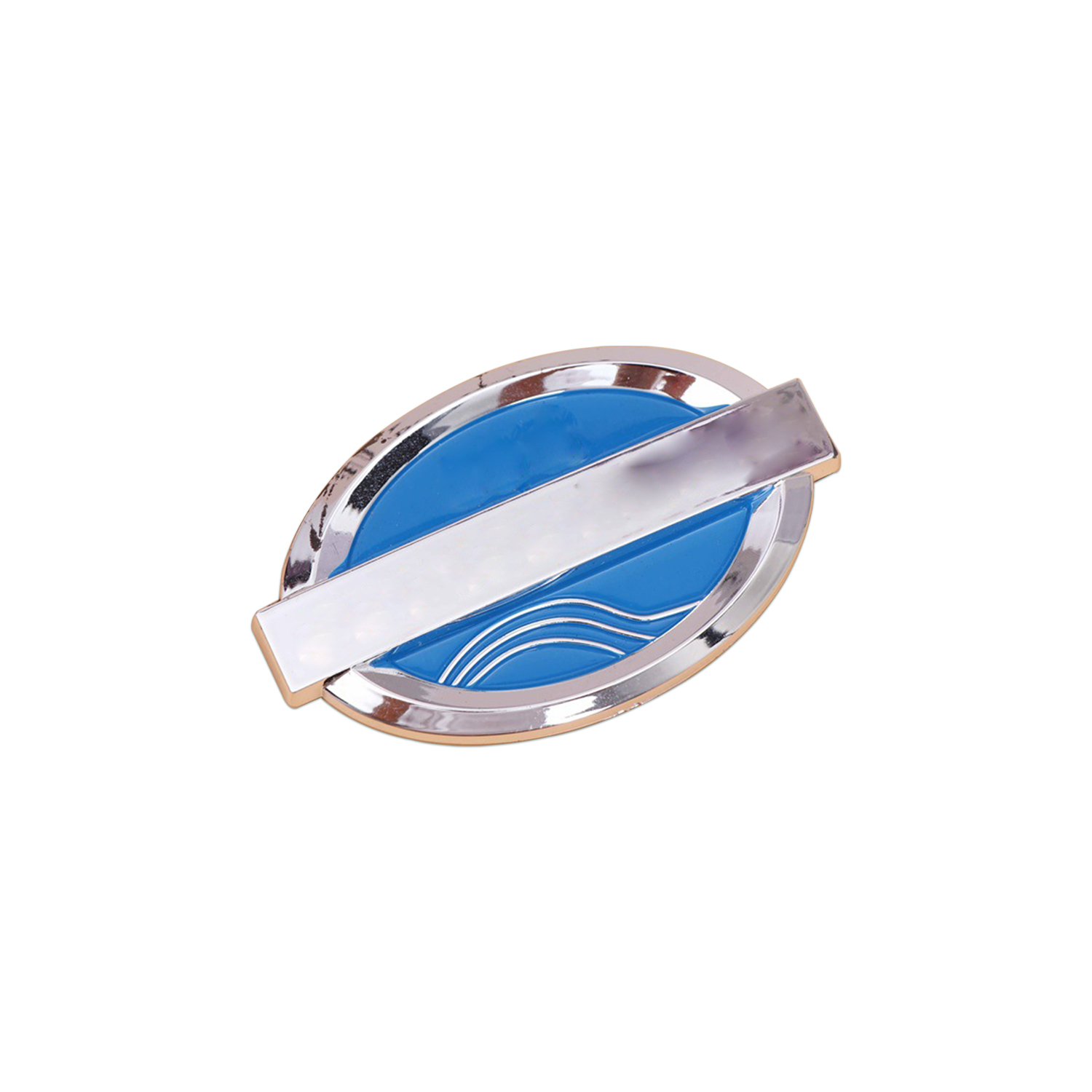
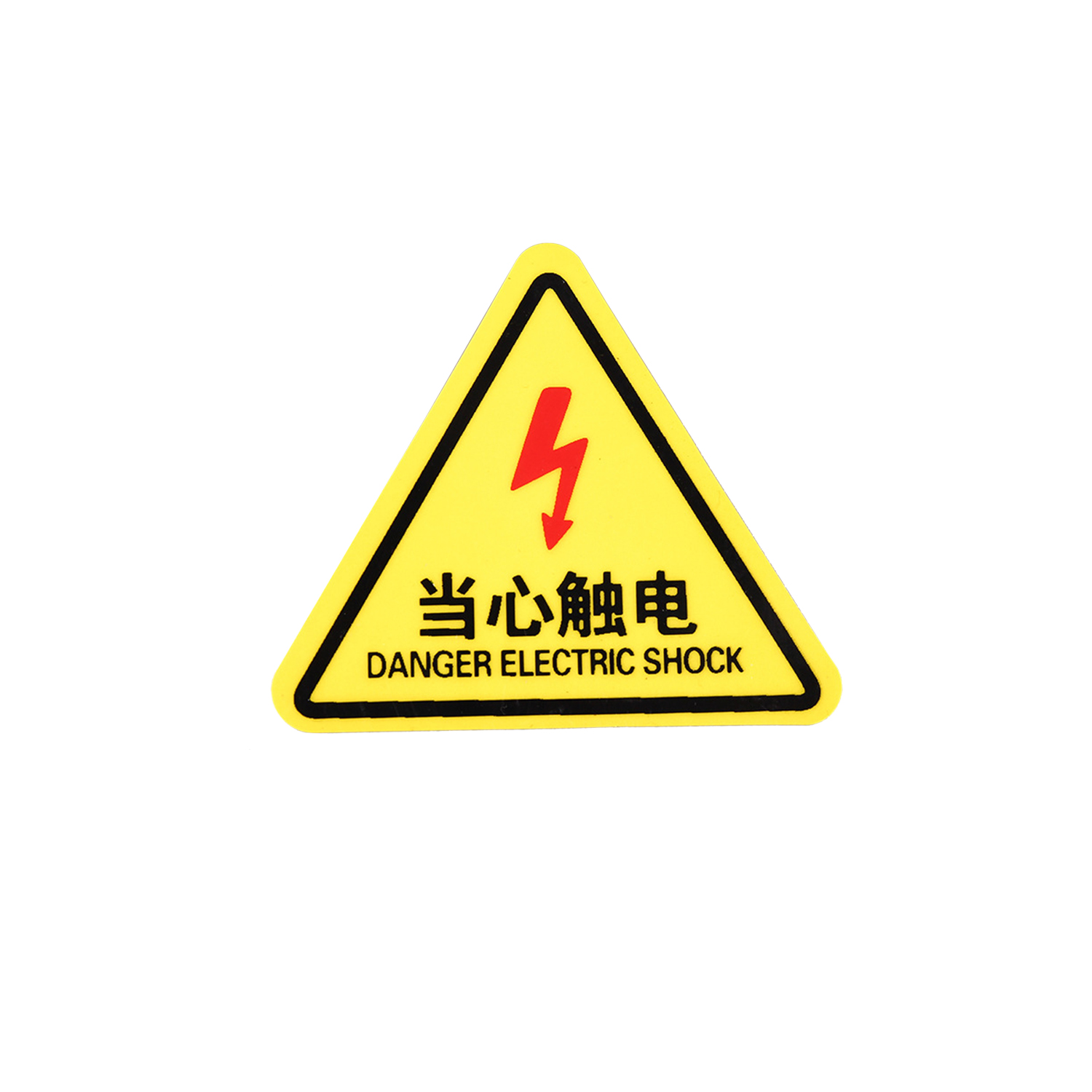
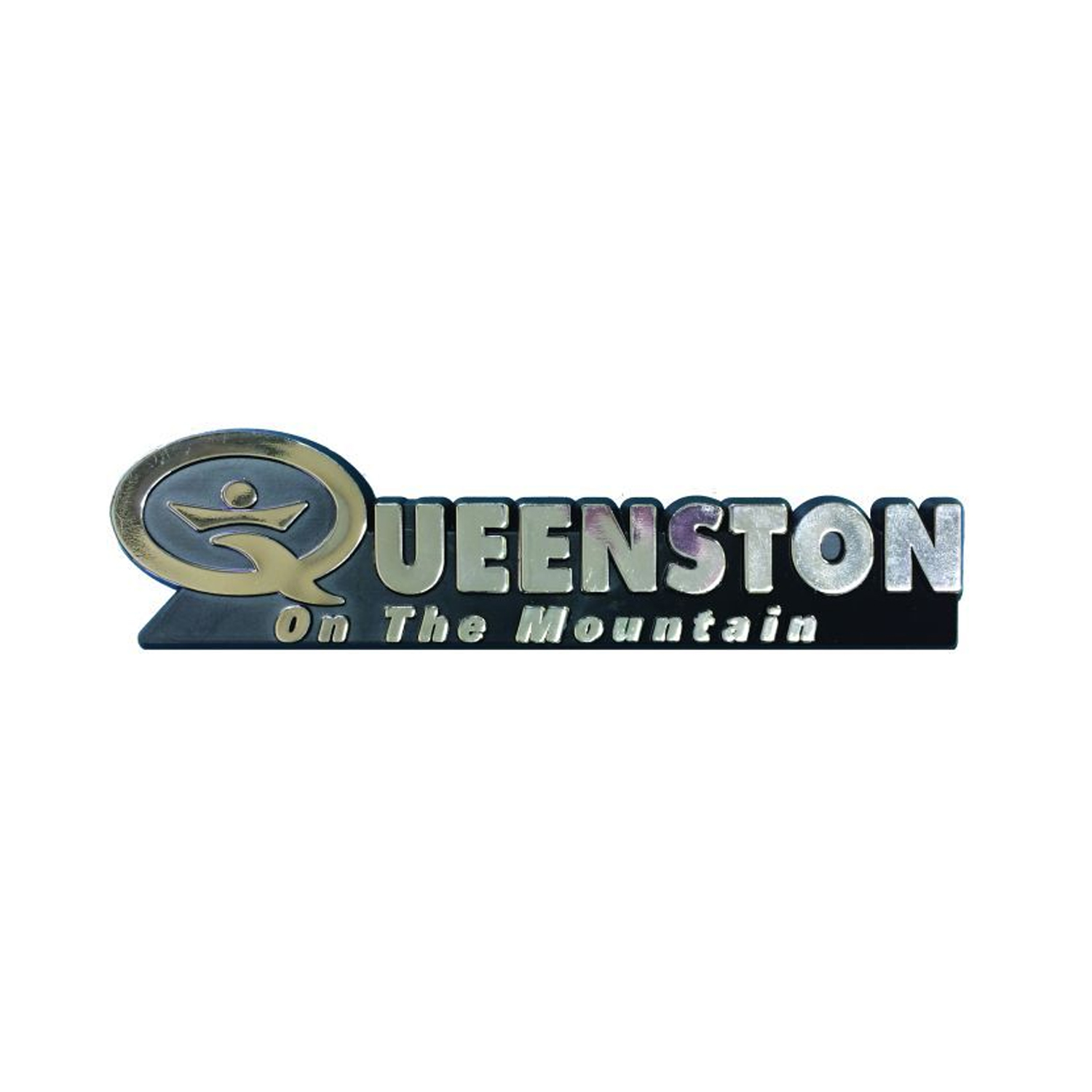
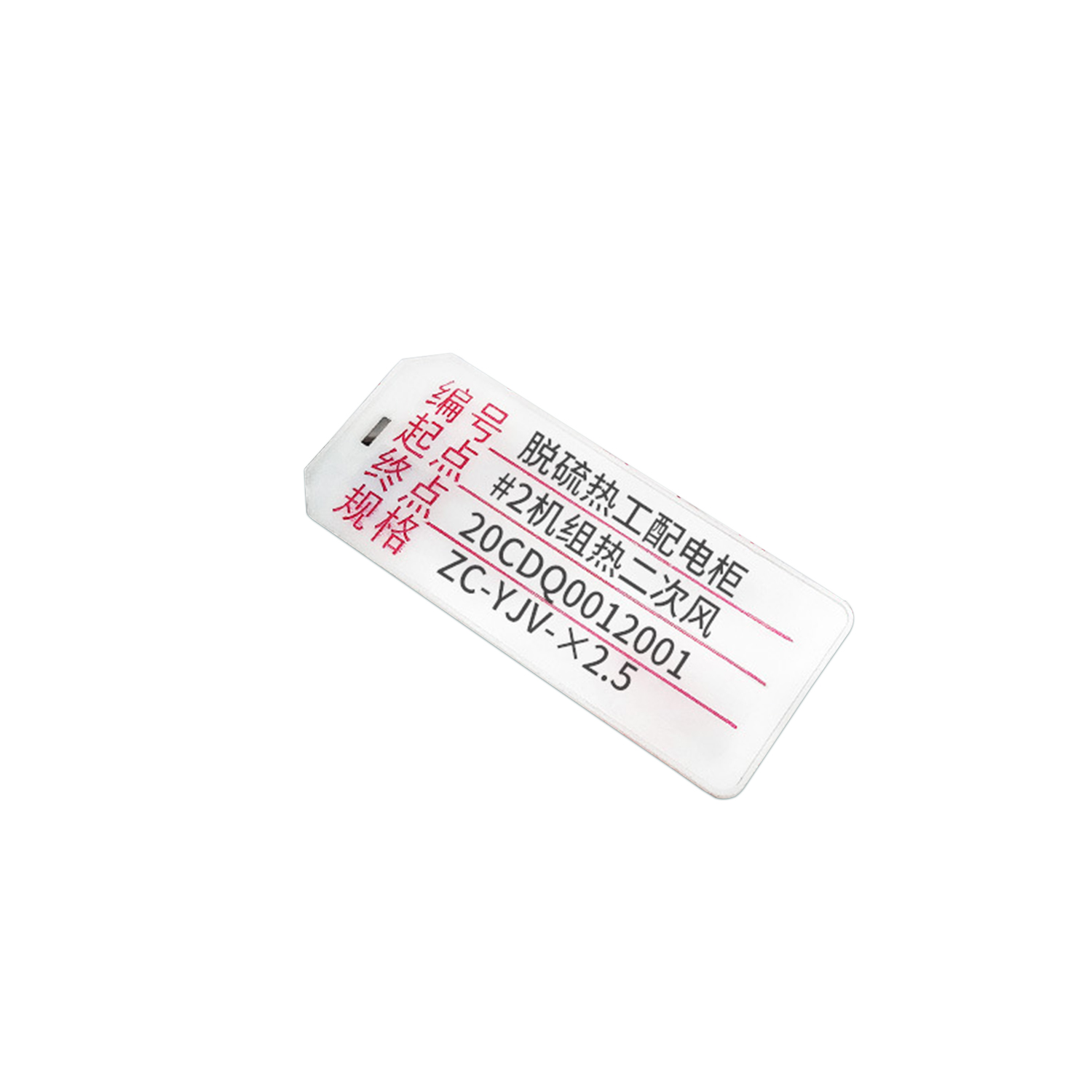
| Plastic Nameplate | |
| Shape | Customized |
| Materials | Plastic |
| Performance | Waterproof, Environmental Protection, Wear-resistant, Easy to Process |
| Colour | Pantone and RAL color matching system |
| Adhesive | 3M, Nitto, Tesa etc… |
| Finishing | Glossy, Matt, Brushed |
| Technical | Injection Moulding, Electroplating, Printing |
| Printing | Electroplating, Painting |
| Thickness of Epoxy | 1.5~8mm |
What is A “Plastic Nameplate”?
A plastic nameplate is an identification plate or label made of a plastic material that is used to provide the necessary information or to display the brand on a device, product, machine or any object that needs to be identified. Plastic nameplate has been widely used in many industries because of its advantages of lightweight, corrosion resistance, easy processing and low cost. Plastic nameplate can be made of a variety of plastic materials, such as PVC, ABS, PP, etc., each material has its own unique physical and chemical properties, suitable for different application environments.
Features & Benefits of Plastic Nameplate Include:
Product Features
Material Durability
Plastic nameplates are made of durable materials such as PVC, PET, PC and PMMA with good scratch resistance, chemical resistance and weather resistance.
Some plastics, such as polyvinyl chloride, can be formulated to be waterproof, making them suitable for outdoor use or applications where moisture is present.
customizability
Plastic nameplates can be customized according to size, shape, color and design for personalization and branding.
Advanced printing technologies, such as screen printing, can achieve high-resolution graphics and text, enhancing the visual appeal of the nameplate.
Light weight
Compared with metal or other heavier materials, plastic nameplates are light in weight and easy to operate, transport and install.
cost-effectiveness
Plastic materials are generally cheaper than metal or other high-end materials, making plastic nameplate a cost-effective option for businesses.
versatility
Plastic nameplates can be used in a wide range of applications, including electronics, automotive, machinery and consumer products.
Product Benefits
Brand recognition
Customizing plastic nameplates with a company logo and brand elements can help build brand recognition and establish a brand identity.
Improved security
In industrial settings, plastic nameplates can be used to mark equipment, warning signs and safety instructions, improving safety in the workplace.
Durability and life
The durability of the plastic material ensures that the nameplate remains intact and clear over a long period of time, reducing the need for frequent replacement.
The first choice of
Some plastic materials, especially those made from recycled materials, offer an environmentally friendly option for businesses looking to reduce their carbon footprint.
Easy to install
Plastic nameplates can usually be installed using a self-adhesive backing, making installation quick and easy.
Cost saving
The cost-effectiveness of plastic materials, combined with their durability and longevity, can lead to significant cost savings in the long run.
What Special Features Can Be Incorporated into Plastic Nameplate?
In some cases, the plastic nameplate can also integrate other functions, such as QR code scanning, RFID tags, etc. It is suitable for the occasions where information tracing, anti-counterfeiting verification, intelligent management and other functions are required.
BX Panel Plastic Nameplate Technical Information
- Preparation
Substrate treatment: First of all, the plastic substrate is treated, including cleaning the plastic surface, removing surface static electricity, adjusting surface tension, etc., to ensure the quality and stability of the printing effect.
Equipment inspection: Check whether the printing equipment is in good working condition, including printing press, drying equipment or UV curing equipment.
- layout design and production
Design: According to customer needs and requirements, the designer completes the layout design work, considering the printing effect, color matching, pattern layout and other factors.
Make printing plates: use screen printing plates or flexographic plates suitable for plastic substrates, and make printing plates according to the design draft.
- Ink color allocation
According to the design requirements, raw materials such as pigments, resins and solvents are mixed in a certain proportion to prepare the ink color that meets the printing requirements. The key of ink blending is to ensure the accuracy and stability of color.
- Printing process
Place the substrate: place the treated plastic substrate on the work table of the printing press, adjust the speed and tension parameters of the machine, and ensure the tension of the substrate and the accuracy of the printing.
Coating ink: Use a tool such as a scraper or brush to evenly coat the prepared ink on the printing plate.
Printing: When the printing plate is in contact with the plastic substrate, the ink is transferred to the substrate to form the desired pattern or text.
The printing method of plastic nameplate can be selected according to the specific needs and material characteristics, and several common printing methods include:
Screen printing, pad printing, thermal transfer, laser printing, UV printing and other methods, when we choose the printing method, we need to consider the use of plastic nameplates, shape, size, material characteristics and cost budget and other factors.
What Industries Use Plastic Nameplate?
- The automotive industry
Applications: car signs, license plates, interior parts, safety warning labels, etc.
Features: Plastic nameplate is not only used for beauty and identification in the automotive industry, but also often bears the function of safety warning and information transmission.
- Home appliance industry
Application: TV, refrigerator, washing machine, air conditioning and other household appliances plastic nameplate, operating panel, safety signs, etc.
Features: The application of plastic nameplate in the home appliance industry is mainly to provide product information, use instructions and safety warnings, while coordinating with the overall design of home appliances.
- Machinery and equipment industry
Application: nameplates, labels, safety warning signs of all kinds of mechanical equipment, tools and instruments.
Features: In the mechanical equipment industry, plastic nameplate is usually used to identify equipment model, specifications, manufacturer information and safety operating procedures.
- Electronic products industry
Applications: mobile phones, computers, cameras and other electronic products shell identification, key labels, battery bin labels.
Features: The electronic products industry has high requirements for the accuracy and aesthetics of plastic nameplate label, and it is also necessary to consider its wear resistance and scratch resistance.
- Furniture and home decoration industry
Applications: Brand logos on furniture, instructions for use, safety warning labels, and decorative labels in home decoration.
Features: The application of plastic nameplate in the furniture and home decoration industry is mainly to enhance the overall beauty and brand value of the product, while providing the necessary use instructions and safety warnings.
- Business and advertising
Applications: medials, honor badges, promotional labels, billboards, etc.
Features: In the commercial and advertising industry, plastic nameplates are widely used in various promotional activities, exhibition displays and brand promotion to attract customers’ attention and enhance brand image.